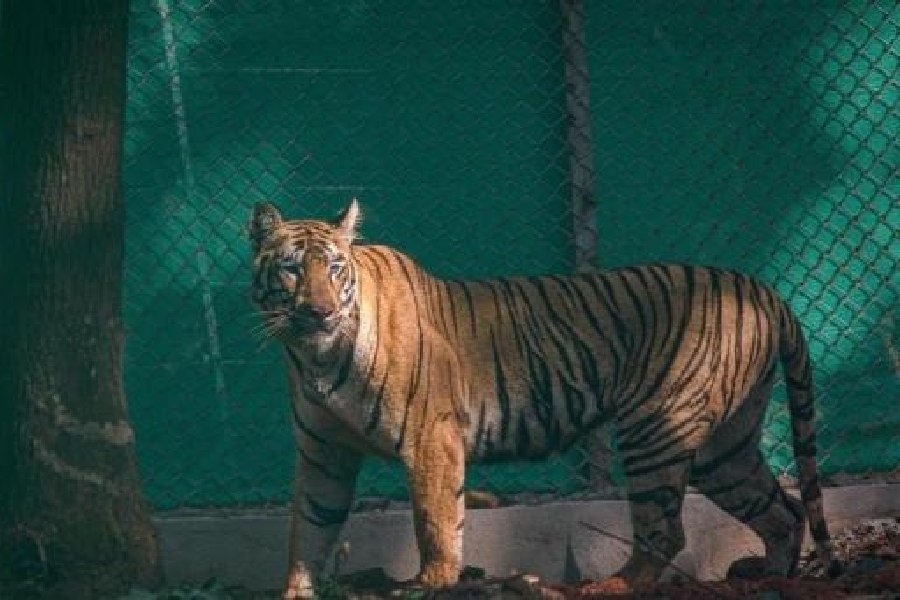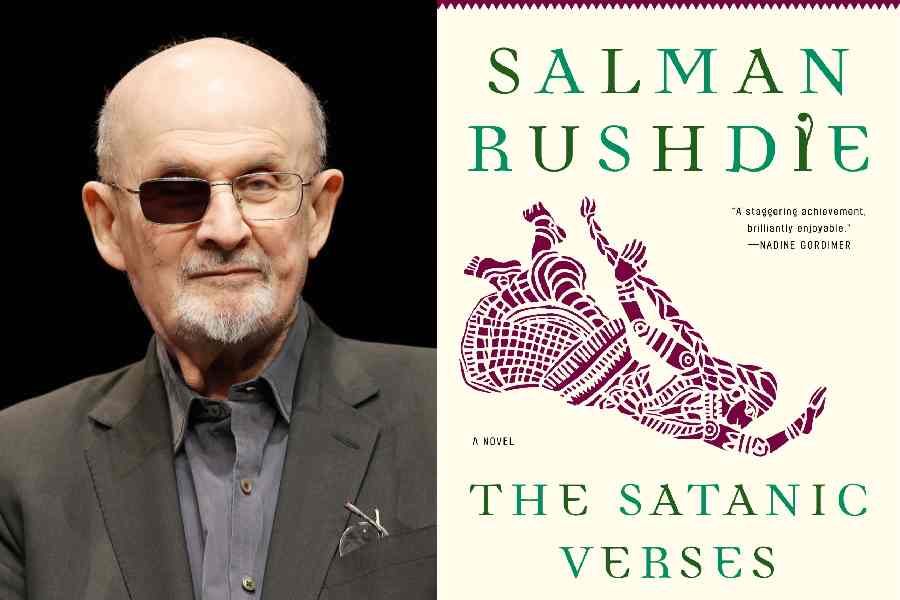The iconic Teen Murti Bhavan in the heart of the national capital was built over 90 years ago as the residence of the Commander-in-Chief of the British Army in India, and following the country's Independence in 1947, the grand mansion became the abode of first prime minister Jawaharlal Nehru.
Nehru lived here for more than 16 years until his death on May 27, 1964, and soon after his demise, the house was converted into a memorial to perpetuate his legacy.
A Nehru Memorial Museum and Library Society, an autonomous body, was set up on April 1, 1966, to run the memorial housing a museum and a rich library.
The Society housed in Teen Murti Bhavan premises has been renamed by the government as Prime Ministers' Museum and Library Society, prompting sharp reactions from the Congress which termed it a "petty act".
The move to rename the Society comes nearly a year after the Pradhanmantri Sangrahalaya was inaugurated on the premises of the Teen Murti Bhavan, which served as the official residence of the first prime minister.
The building was constructed in 1929-30 as part of the new imperial capital of 'New Delhi', and was designed by Robert Tor Russell, who also designed the famed Connaught Place in the city.
Known originally as the Flagstaff House, it served as the residence of the Commander-in-Chief of the British Army here.
"Following Independence in 1947, it was decided that the prime minister of a free India would reside in the Teen Murti Bhavan. The then Commander-in-Chief Field Marshal (Sir Claude) Auchinleck was simultaneously relocated," according to the website of Azadi Ka Amrit Mahotsav (AKAM).
Later, it was named Teen Murti Bhavan in a nod to the three bronze statues, sculpted by British sculptor Leonard Jennings, erected around a memorial obelisk, to commemorate the Jodhpur, Hyderabad, and Mysore Lancers -- part of the 15th Imperial Service Cavalry Brigade, who fought gallantly in the siege of Haifai in 1918.
The war memorial is located in the centre of a traffic island facing the Teen Murti Bhavan on one side and the Rashtrapati Bhavan (earlier Viceroy's House) on the other side. The war memorial was built in 1922 and inaugurated on March 8, 1924, by Lord Reading, the then Viceroy of India.
The imposing Teen Murti Bhavan is built of stone and stucco and boasts a confluence of Victorian and French architecture. It is located in central Delhi amid a 30-acre lush green campus. It houses the Nehru Memorial Museum and Library, the Nehru Planetarium, the 14th-century hunting lodge of Delhi Sultanate ruler Firuz Shah Tughlaq and the Pradhanmantri Sangrahalaya was opened to the public on April 21, 2022.
According to the NMML website, in August 1948 after the departure of the last British Commander-in-Chief, the Teen Murti House became the official residence of independent India's first prime minister.
Teen Murti House was dedicated to Nehru's memory on his 75th birthday in 1964, by the then president of India, S Radhakrishnan, for housing "a museum and a library to encourage, support, and patronise higher learning and free intellectual inquiry", the AKAM website said.
The NMML came into being with three main objectives which are complementary to each other despite their differences in scope -- establishment and maintenance of the memorial museum, the establishment of a library on modern India, and promotion of original research in modem Indian history with particular reference to the Nehruvian era, it said.
"Initially, the Museum was set up in the eastern wing of the Teen Murti House and the Library in the western wing. An exclusive library building was constructed adjacent to the Teen Murti House and inaugurated by V V Giri, then President of India in January 1974," the NMML website says.
Famed for its enriched collection of books and microfilms, Teen Murti is considered one of the premier institutions of research and draws scholars from India and abroad. "Pt. Nehru lived here for more than 16 years until his death on May 27, 1964. This building was so familiar with Jawaharlal Nehru's name that Teen Murti House and Jawaharlal Nehru became more or less synonymous. Therefore, after his death, the government of India decided to convert this house into an appropriate memorial to perpetuate Nehru's eternal passion for enlarging the frontiers of knowledge and enriching the human mind," says the website of Azadi Ka Amrit Mahotsav.
Except for the headline, this story has not been edited by The Telegraph Online staff and has been published from a syndicated feed.












